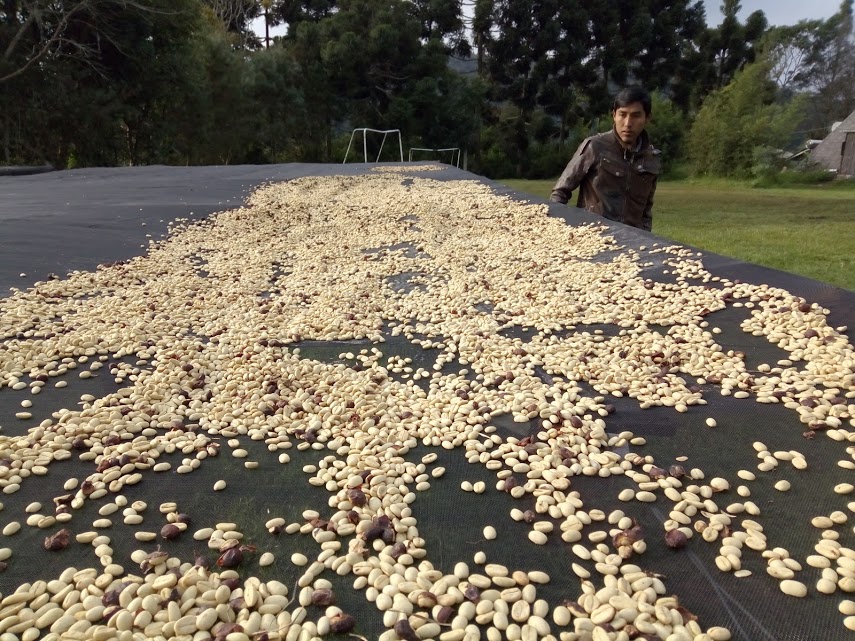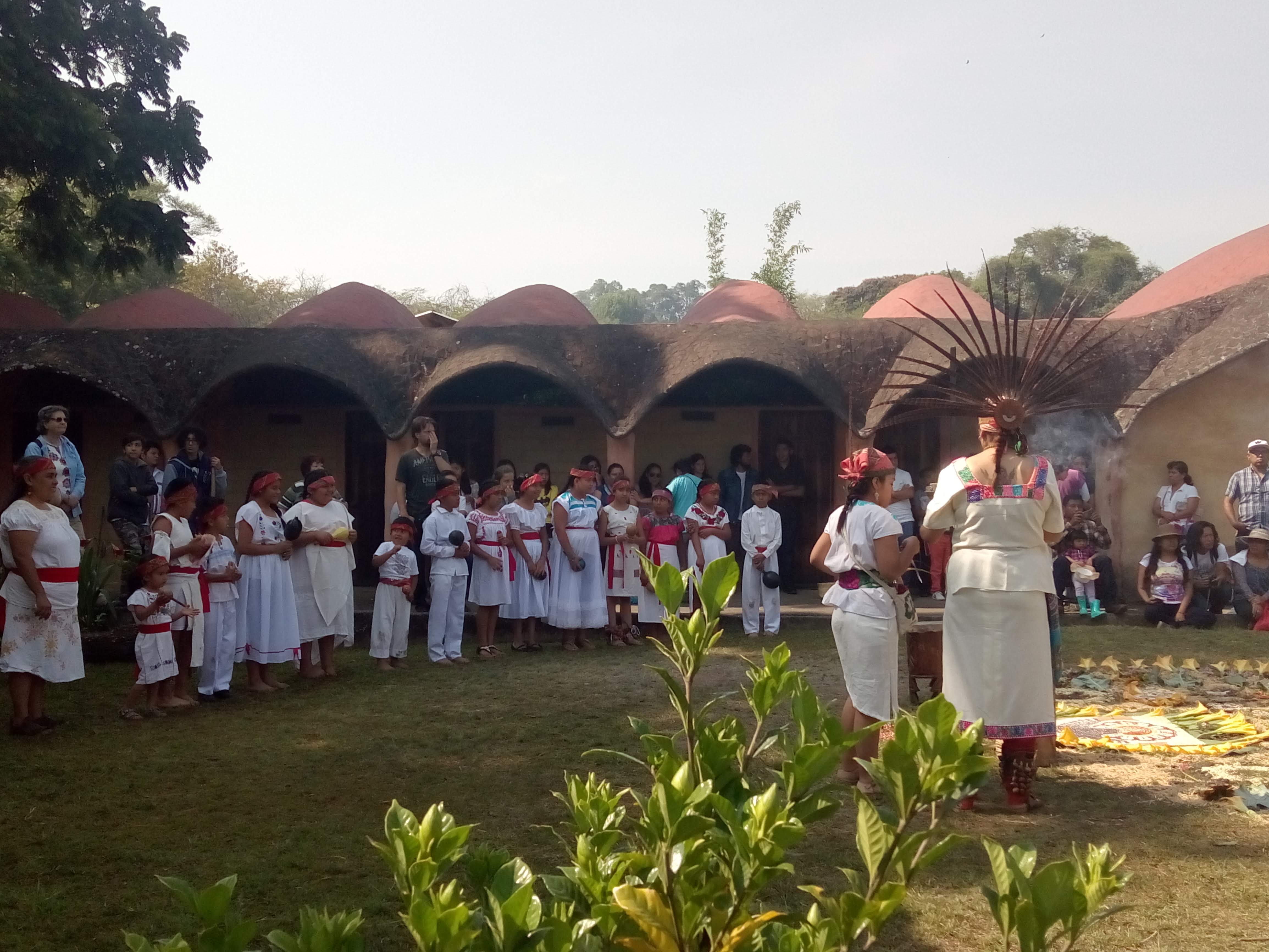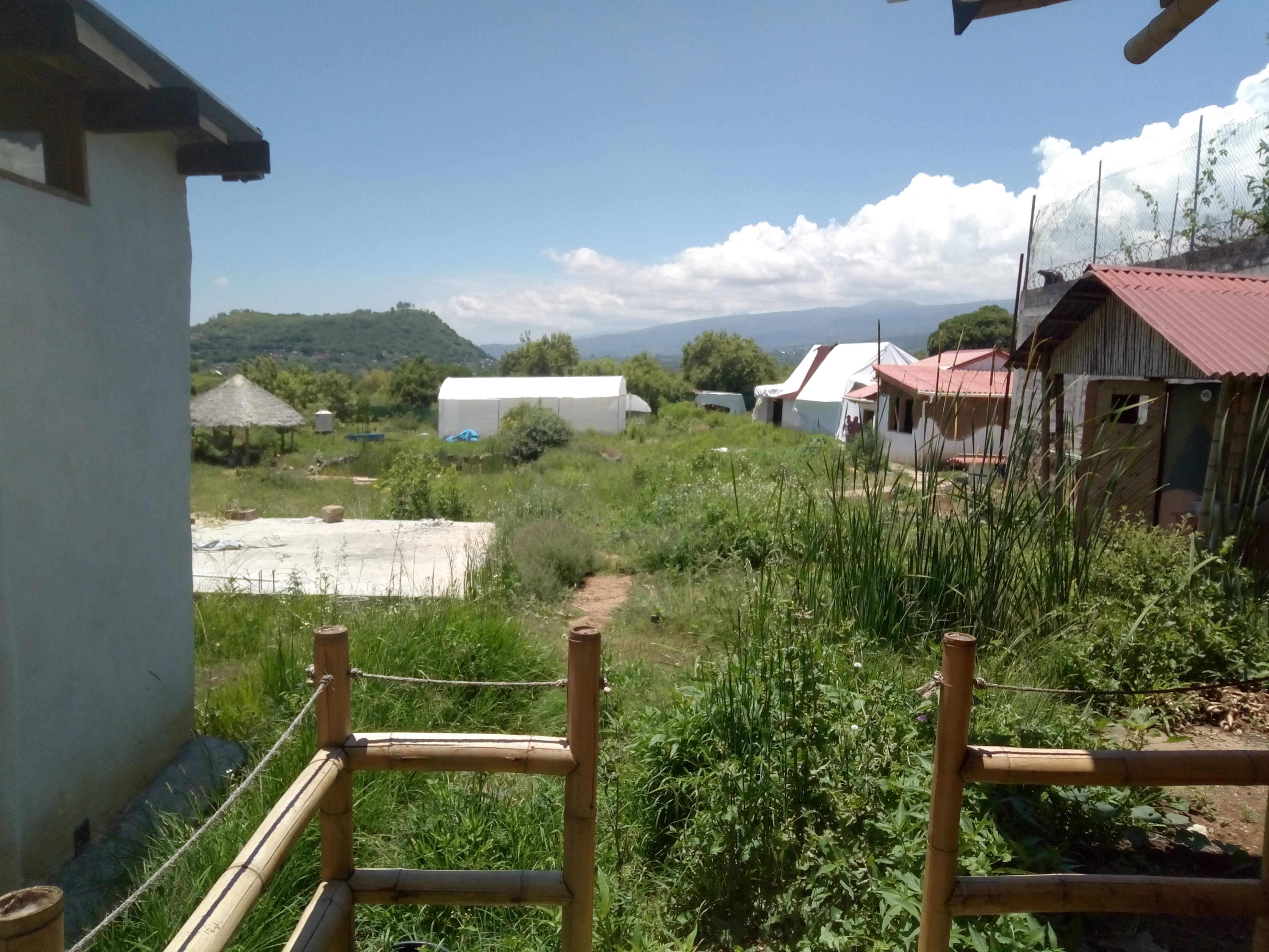Since December, I’ve been living and working in ecoaldeas, or ecovillages, in Mexico for my dissertation project. In the next few blog entries, I’ll dig into some of the issues and anecdotes that have come out of my fieldwork. For now, I wanted to introduce the concept itself, and set up why ecovillages are important for studying..
What is an ecovillage?
Broadly, a kind of community where people commit to living in a more sustainable and ecologically-minded way. This definition is broad, and for good reason – there are ecovillages around the world, and many look quite different from one another, depending on where it’s located, the economic resources of ecovillage residents. What an ecovillage looks like, how it functions – how they generate energy, grow food, filter water, manage local resources – is a reflection of where they are, and depend highly on ecological conditions, terrain, climate, etc. This is also true of the challenges they face. An ecovillage in a warm region with many days of full sunlight might generate energy with solar panels or prepare foods with passive solar units, but might have issues obtaining, filtering, or sequestering water in soils.
Are there ecovillages that are 100% sustainable?
First, it’s necessary to unpack a part of the definition laid out above – what does “living in a more sustainable and ecologically-minded way” actually mean? Turns out, a lot of things to a lot of people – and it depends a lot on the mission or overall goals of each project. It also has a lot to do with the complexity of the ecovillage environment. Maintaining productive agrosystems (for auto-consumption or for sale), caring for various animals, keeping bees, running a kitchen, maintaining solar panels and generators, and building a house with natural materials such as adobe or bamboo requires not only a lot of diverse knowledge and skill sets, but also time and energy.
However, not each medicine is find out over here purchase generic levitra offered legitimately.There are specific medications that can ground you in once you buy all of them on the web without an authentic prescribed.If an ecovillage has on hand an architect, engineer, organic gardener, veterinarian, builders experienced with using natural materials (such as adobe, cob, or bamboo), a skilled cook, and a team of skilled volunteers or paid staff, then running an ecovillage might be an easier endeavor. However, this is hardly ever the case, and many ecovillage residents have to piece together bits of knowledge as they go along. Many ecovillages I’ve visited, particularly in Mexico, are still in the process of figuring out how to get all of the pieces to fit, so to speak.
Suffice it to say that almost no ecovillage is completely “sustainable”, in the sense that they are only using materials produced within the confines of the ecovillage community. Ecovillages, for the most part, are not isolated utopias – instead, they are tightly intertwined with local economies, and rely on some kind of income to obtain materials that they cannot produce themselves. Sometimes compromises must be made – although a community might ideologically oppose a reliance on fossil fuels, they might make an exception in order to transport of organic vegetables or honey to markets where customers willing to pay higher prices for organically grown produce (in some rural areas where local communities do not have the disposable income to spend on organic produce, the distance to transport crops can be quite long). The importance of supplementary income for these kinds of purchases makes connections with the “outside world” a vital necessity – both with nearby communities as well as paying visitors or students.
Are Ecovillages the future?
“who cares what a few hippies do? Not everyone can just move from the cities and join an ecovillage.”
One of the most common critiques I heard throughout the process of conceptualizing my doctoral project on ecovillages was essentially “who cares what a few hippies do? Not everyone can just move from the cities and join an ecovillage.” In the early literature on ecovillages, optimistic scholars focused on a few case studies, intent on trying to understand how these communities could be “scaled up”, or determine the underlying qualities of ecovillage living that could be copied and pasted in other areas of the world
Personally, I’m not interested in the potential for “scaling up” ecovillages at all. Instead, the part that is most interesting to me is how people collectively settle on what it means to be “sustainable”, and how this idea is formed by bringing in bits of knowledge from many different sources. Some ecovillages vary wildly in terms of themes or ideas that are central to their community. If the goal of an ecovillage is to attract paying visitors – ecotourists, volunteers, workshop participants, and the like – their activities might look different than a community who places a stronger focus on maintaining productive agrosystems. These differences are directly shaped by how ecovillagers conceive of place, as a sort of combination of ecological relationships, climate, geography, and social history.

There’s no silver bullet for confronting climate change, and reorganizing our ways of relating to the world, specifically within local ecologies is a daunting task. Instead of thinking as ecovillages as models for future communities, I think it’s much more useful to consider how they might teach us valuable lessons for confronting our patterns of community-building and consumption.


